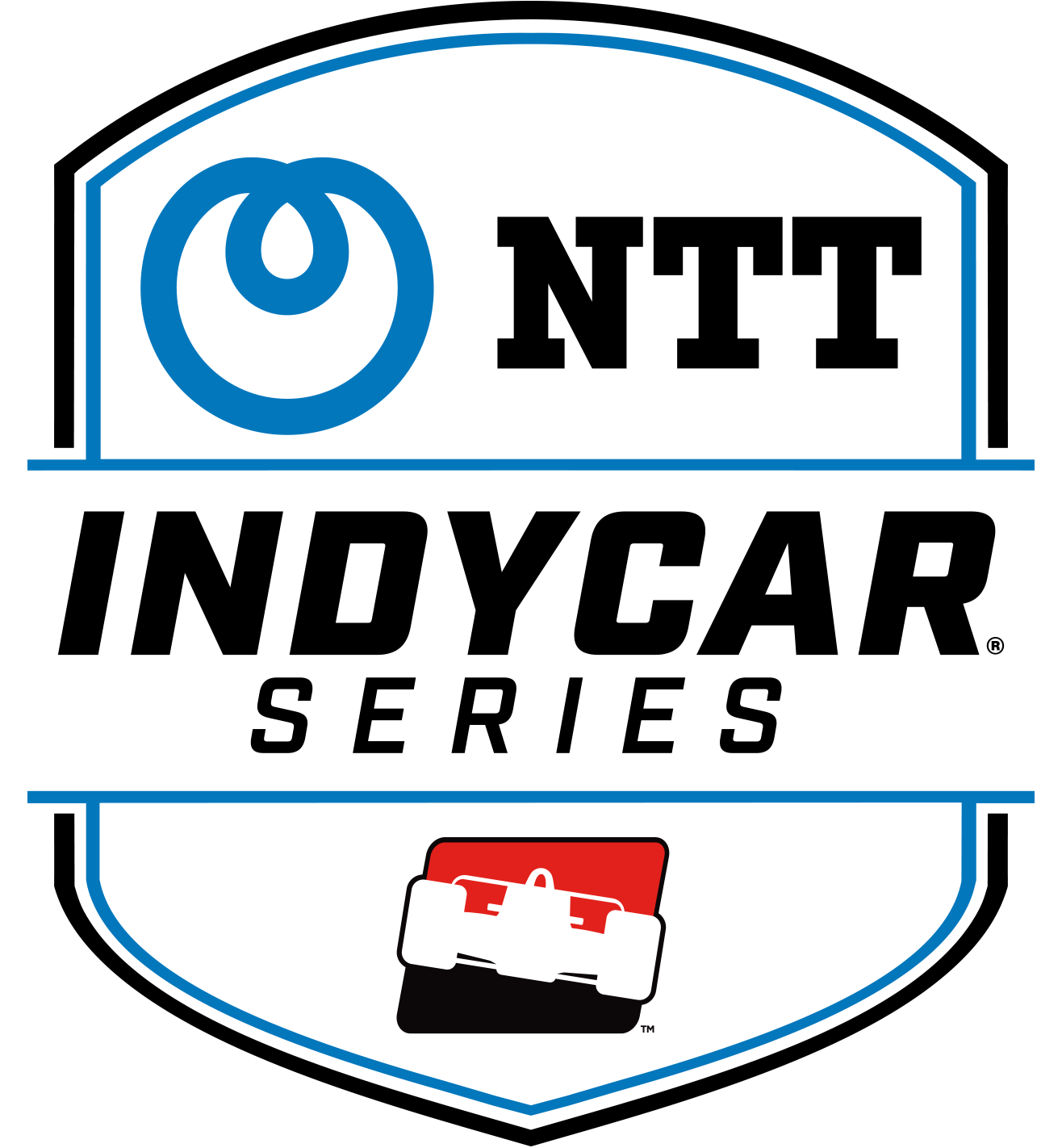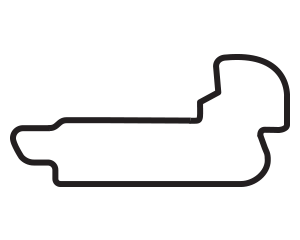Dixon, INDYCAR call Aeroscreen 'something great' for cockpit protection
MAY 24, 2019
INDIANAPOLIS – A full Aeroscreen designed to protect NTT IndyCar Series drivers from debris beginning next season was hailed as “something great” Friday by five-time series champion Scott Dixon.
The Aeroscreen, designed by Red Bull Advanced Technologies and to be implemented by the start of the 2020 season, is designed to reduce risk of injury from airborne debris striking drivers. It will be comprised of a polycarbonate laminated screen supported by a titanium framework.
 The screen is the latest iteration of cockpit protection that have been tested recently, including the Advanced Frontal Protection (AFP) device that debuted earlier this month for the INDYCAR Grand Prix, will be used Sunday in the 103rd Indianapolis 500 presented by Gainbridge and through the remainder of the 2019 season.
The screen is the latest iteration of cockpit protection that have been tested recently, including the Advanced Frontal Protection (AFP) device that debuted earlier this month for the INDYCAR Grand Prix, will be used Sunday in the 103rd Indianapolis 500 presented by Gainbridge and through the remainder of the 2019 season.
Dixon, who appeared at a news conference with INDYCAR President Jay Frye and Red Bull Advanced Technology officials Friday morning at Indianapolis Motor Speedway to announce the plan, gave his stamp of approval to the Aeroscreen.
“We wanted to make sure as drivers that if we did run something, that it was going to be something great – not something rushed, not something that hadn’t been tested well,” Dixon said. “It’s exciting to have Red Bull Advanced Technologies as a partner.
“It’s exciting for all of us drivers and something that will be extremely exciting for many categories. We’ve seen other versions of this, but I think this one covers a lot more bases.”
Frye said INDYCAR will begin testing the Aeroscreen on track within the next few months, with full units available for teams to install on their cars during the offseason.
“The plan is to have a prototype in 30 days and have real pieces in another 60 days to get them on cars this summer to test,” Frye said. “At some point in the offseason around November-ish, we’ll have one for each entry. The plan is to put this on all of our cars in 2020.”
Engineers have been working on a solution to further protect drivers in open-cockpit racing from flying debris for five years or more. In May 2014, James Hinchcliffe sustained a concussion after being struck in the helmet by debris during the INDYCAR Grand Prix on the IMS road course. In August 2015, Justin Wilson died after he was struck in the helmet by debris from another car during a race at Pocono Raceway.
Stefan Wilson, Justin Wilson’s brother, lauded the Aeroscreen plan Friday on Twitter:
This is a very exciting development for our sport. Happy to play a very, very small part by helping introduce a designer to the group that’s behind this. This is a culmination of the groups work since 2015. 👏 https://t.co/OzAeCagwlk
— Stefan Wilson (@stef_wilson) May 24, 2019
In 2018, Formula One implemented a halo structure to protect drivers from flying debris. While similar in the design of its frame, the INDYCAR Aeroscreen includes a polycarbonate shield. The Aeroscreen device’s load-bearing capability is expected to be 150 kiloNewtons, meeting FIA specifications and equivalent to that of the F1 halo device.
Red Bull Advanced Technologies presented a plan for an Aeroscreen to the FIA as Formula One worked toward its implementation of a cockpit protection device. The series chose the halo in use now, but RBAT continued work on the Aeroscreen for other applications.
Meanwhile, INDYCAR was testing a windscreen without the titanium framework. Dixon performed the first on-track test at ISM Raceway in Phoenix in early 2018, with Josef Newgarden of Team Penske testing it on the Indianapolis oval later in the year. Both drivers were satisfied with the windscreen, but additional testing at PPG Aerospace in Huntsville, Alabama, showed that more work was needed before the windscreen could be implemented.
It was around then that Frye, who served as vice president and general manager of Red Bull Racing’s NASCAR team prior to joining INDYCAR and Hulman Motorsports in 2013, contacted Red Bull’s F1 division in the United Kingdom to inquire about its Aeroscreen design.
The titanium framework mounts to three areas near the cockpit – one on the Dallara chassis centerline where the AFP currently stands and two mounts at the rear of the cockpit with roll-hoop integration. The polycarbonate screen wraps around the frame, protecting the driver’s helmet from possible impact from flying objects.
“We've created a system that protects the driver from a very large range of threats, perhaps more so than any other driver protection system in other series,” said Ed Collings, RBAT’s head of composites and structures. “INDYCAR is a unique series with limited runoff on the edge of the track, and it was important that we could protect the drivers from smaller debris as well as very large items. So we have a system with the screen that can protect from smaller debris and then a very strong structure around the top of that screen and with a strut in the center that can deflect a large wheel upright assembly at a very high speed.”
Dixon doesn’t believe visibility will be an issue with the titanium framework, either with the strut in the center or on high-banked ovals like Texas Motor Speedway when drivers look to their upper right for visual reference.
“The piece in the middle will be something you won't notice too much,” Dixon said. “It's very similar to the (AFP) addition that we have right now as far as line of sight for the driver.
“Until we get it into running conditions through the summer months, we'll obviously (learn) some differences. But I think this adds more (safety potential) to it. It's structurally more sound. It is higher, creates obviously more room for error, as well. So I think it's just a far better piece that has been improved from the original concept.”
RBAT officials indicated other components, including an anti-fogging device and anti-reflective coating on the interior of the screen, are part of the design. Dallara is working on a cockpit cooling option. Screen tear-offs, similar to those used by drivers on the shields of their helmets, are being investigated. Rapid removal of the Aeroscreen by the AMR INDYCAR Safety Team has been addressed as well.
Frye said the Aeroscreen development has ramped up at an incredible pace.
“In the last 60 days, it's incredible the amount of work that they've done,” Frye said of RBAT. “We'll have a prototype here pretty soon, so this thing is rolling right along. We're very confident in everything they're doing. They're great friends. They've got great pride and equity in what we're doing here, so we're excited to see the final product.”
Long a proponent of safety advances in Indy car racing, the series’ most decorated active driver gave the Aeroscreen an enthusiastic endorsement.
“It's always been very important for the NTT IndyCar Series to be at the forefront of safety initiatives,” Dixon said. “It's been a work in progress for a long time.”























